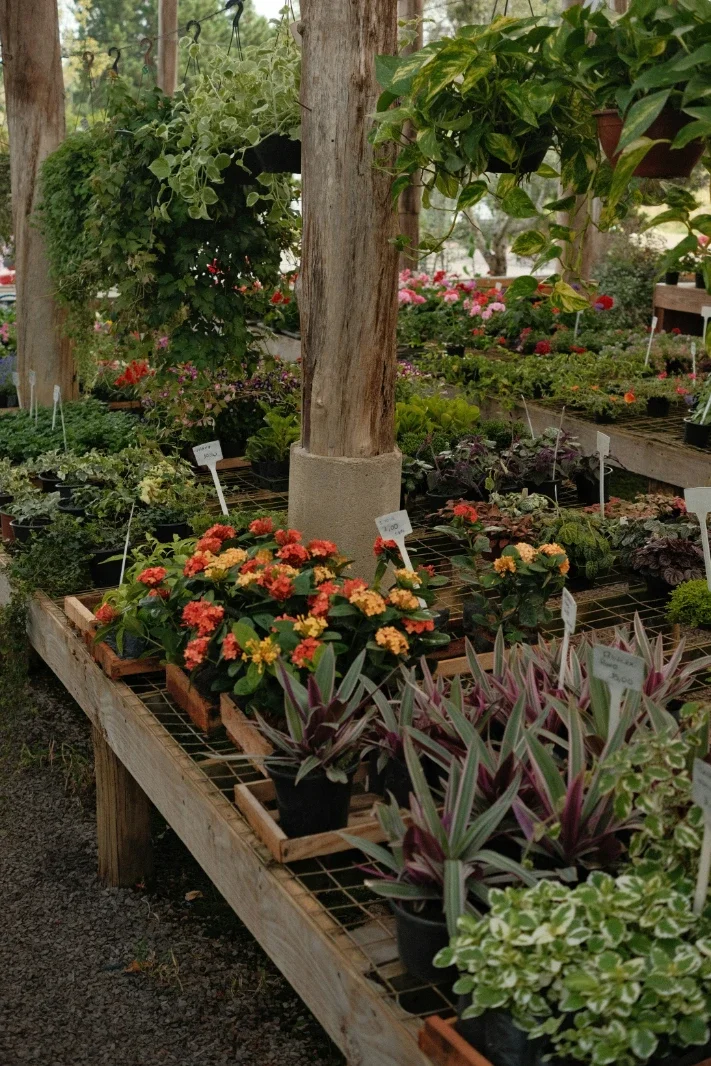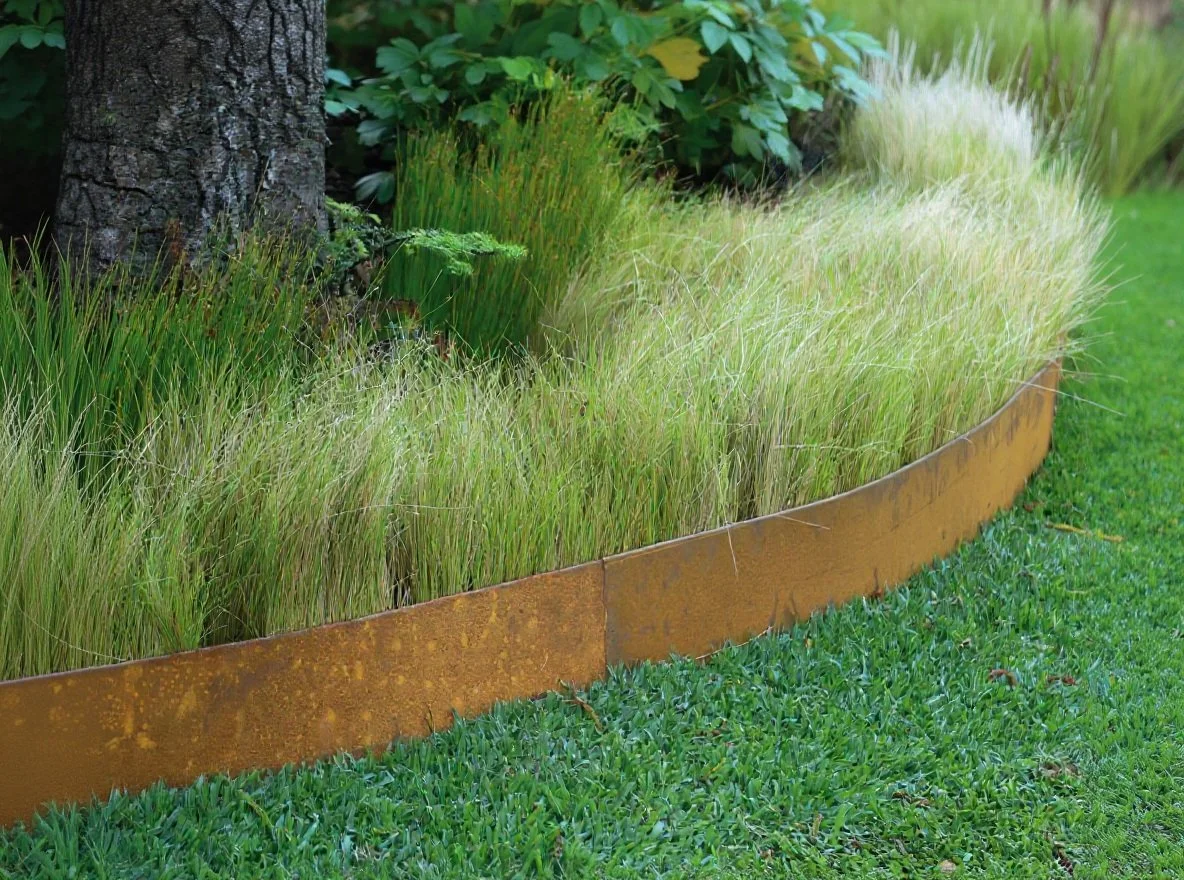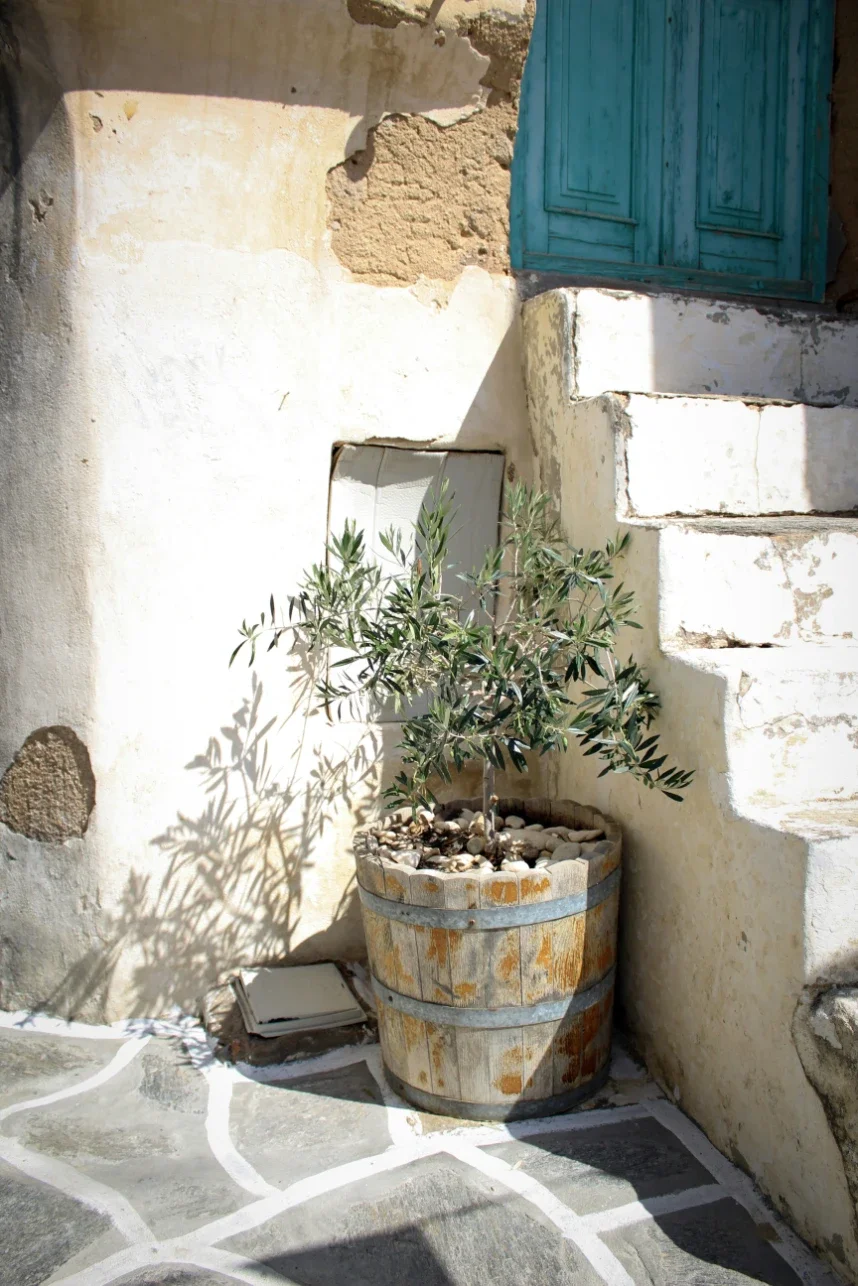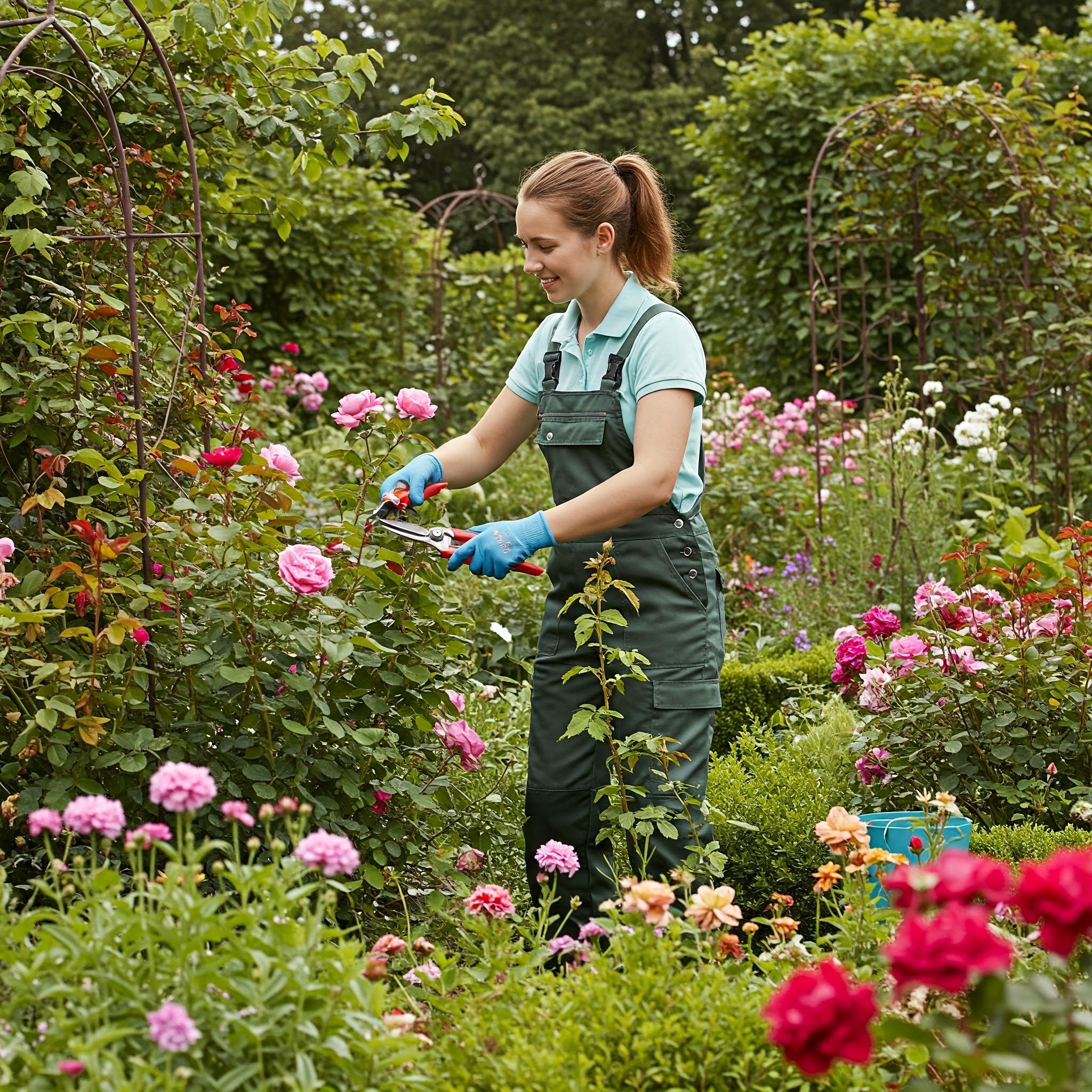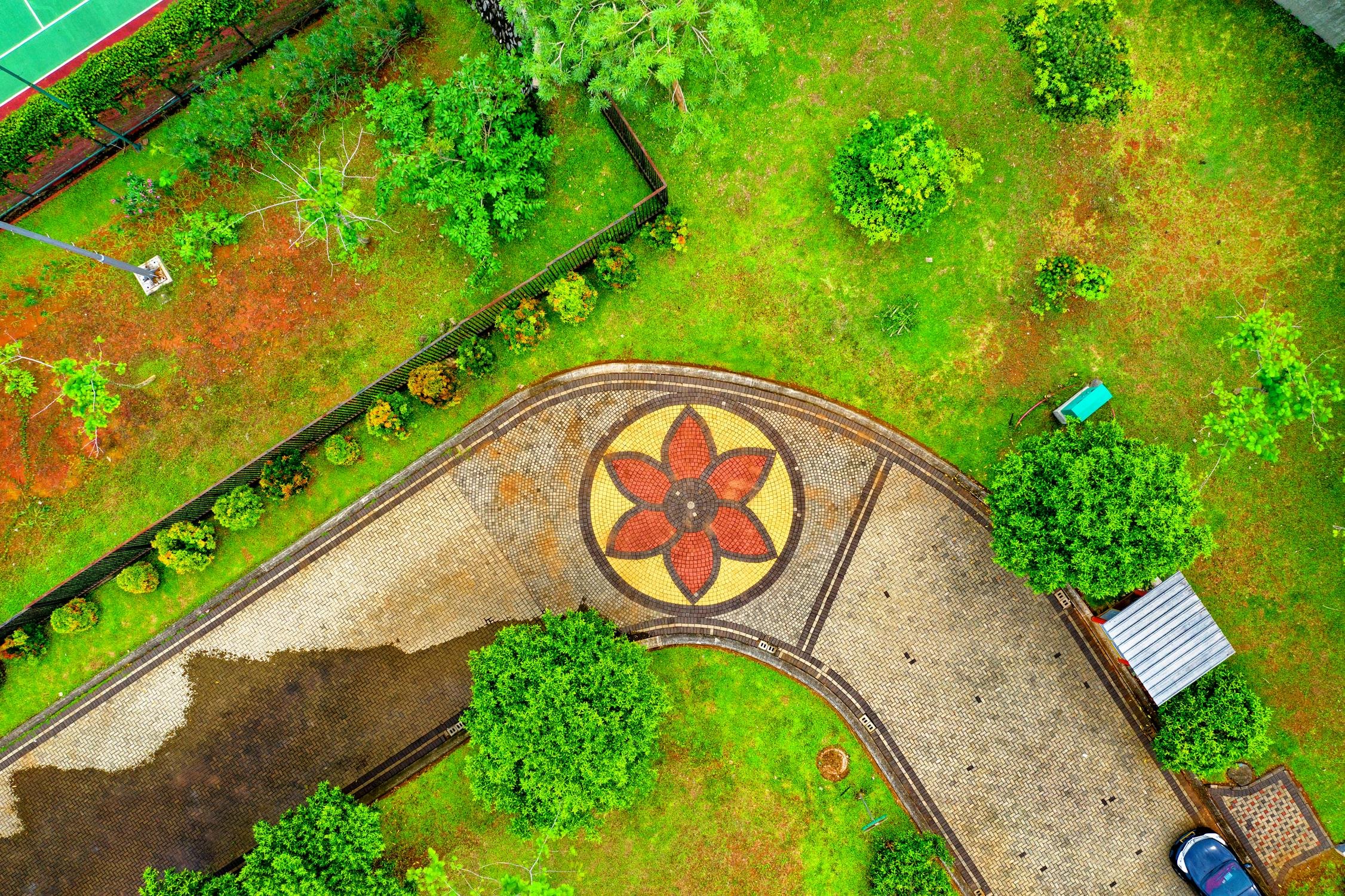How to Fix Stone Garden Paths?
Learn how to fix stone garden paths with easy steps to restore beauty and functionality to your outdoor space.
For many homeowners, the garden is just as important as the house itself, serving as a space for relaxation, beauty, and functionality. It’s no wonder that people want their gardens to be in top condition, both visually pleasing and safe for use. A well-maintained garden enhances the overall appeal of the property, providing a peaceful retreat for family and friends to enjoy. Whether for outdoor gatherings, gardening, or simply relaxing, keeping this outdoor area in the best possible shape is a priority for those who value both aesthetics and practical use in their living spaces.
It goes without saying that a garden is all about trees, shrubs, flowers and other plants, but garden paths are also a very important part of the garden. These are seemingly ordinary paths that enable us to get to the most important places in our garden without damaging the lawn or other plants. In today's article, we are going to look at garden paths, how to look after them and what to do when they deteriorate.
When is The Time to Fix Garden Paths?
In today's article, we're focusing on a crucial feature of any garden: garden paths. Among the many options available, natural stone garden paths remain the most popular choice. Their enduring appeal is rooted in their combination of practicality and beauty. Natural stone is highly resistant to various weather conditions, making it a durable solution that stands the test of time. Moreover, its timeless aesthetic adds elegance and charm to any outdoor space, effortlessly blending with the natural surroundings. It’s no surprise that these paths never go out of style, offering both functionality and visual appeal for gardens of all types.
However, like any other external element of the house or garden design, as they are exposed to the outdoor conditions, they age and over time require minor or major repairs or complete replacement. Problems with garden paths are by far the most common after the winter season, especially when there has been a lot of snow. Stone garden paths are often not only dirty after the winter, but also sometimes cracked or loose, which is why it is best to repair them after the winter, as this way you can also prepare your garden for the summer, when you will be spending more time there. You can add some Rock Garden Plants for a beautiful garden.
The most common problems with garden paths are related to water getting between the stone tiles and washing out the sand that holds them in place, causing them to become loose and therefore also dangerous to use. Because of this, the whole path loses its functionality as well as its aesthetic appearance, which is why, after every winter, it is worth checking the condition of your garden paths so that they are ready for the coming summer season.
How to Fix Garden Paths?
Now that we know why and when problems with garden paths most often occur, it's time to move on to the part of the article where we outline how to deal with these problems effectively. Let's start by saying that, by far the most common time for stone garden tiles to succumb to small faults, which are unlikely to require specialist knowledge or skills to deal with. When the sand holding the tiles in place is washed away, garden paths become unstable and often collapse, however, this is easily remedied. The washed-out sand simply needs to be replaced with new sand so that the stone tiles are stable and safe to use again.
On the other hand, sometimes the faults are more serious. When we have to deal not only with moving tiles, but already with cracks or deeper sinkholes, we are often unable to cope with these repairs on our own. The same problem occurs when the trees in your garden are getting bigger and bigger - the roots are lifting all the ground around. In such a situation, it is definitely worth enlisting the help of professionals such as Masonry Contractor Glenview, who will effectively bring our garden paths back to life.
Such major repairs often involve removing cracked tiles and replacing them with new ones, or sometimes a complete replacement of the bedding to ensure the stability of the garden paths for years to come. Therefore, when deciding on a more complicated repair of garden paths, it is undoubtedly worth enlisting the help of professionals who will ensure that their work is carried out reliably and will also provide a guarantee in the event of subsequent defects.



